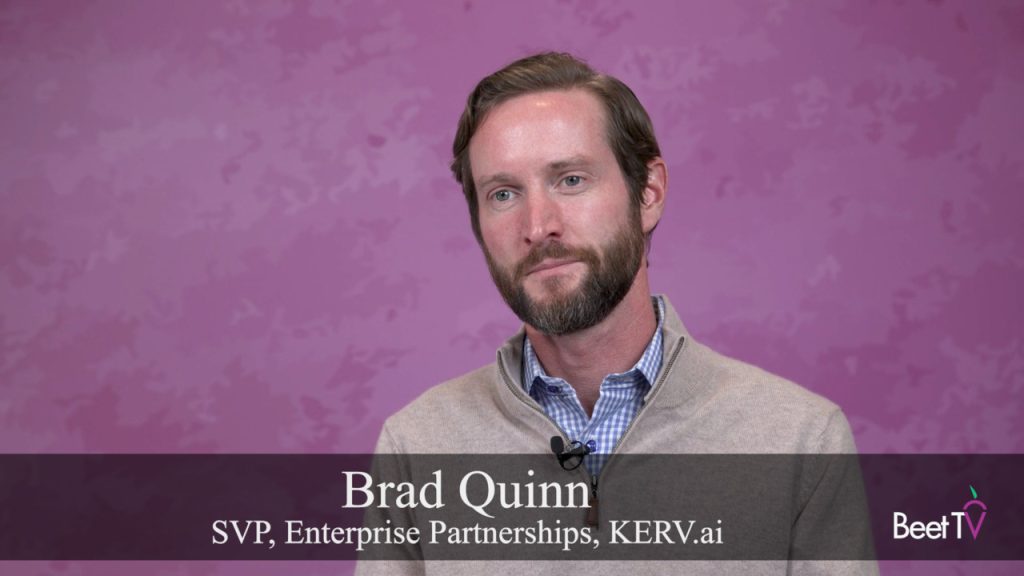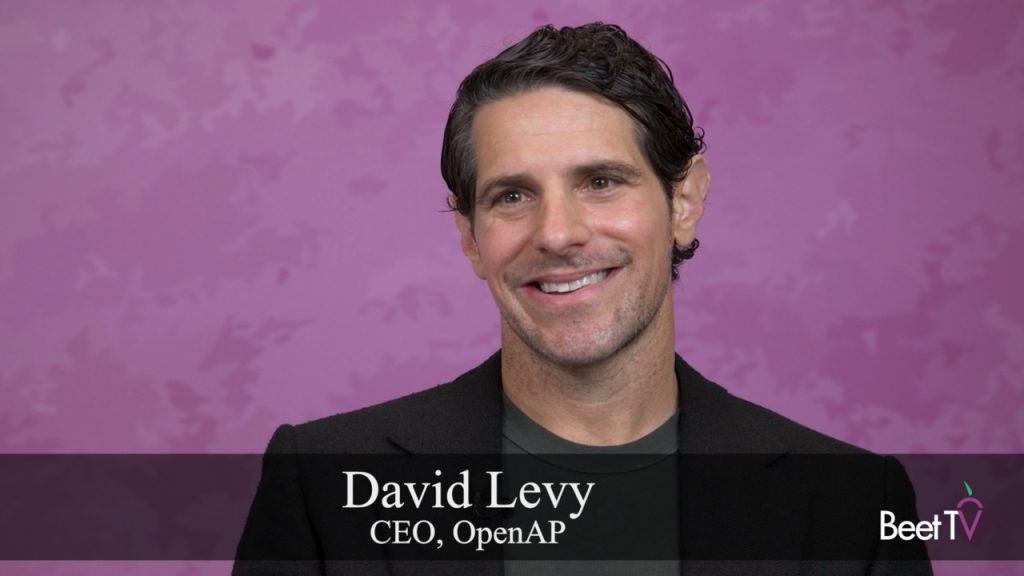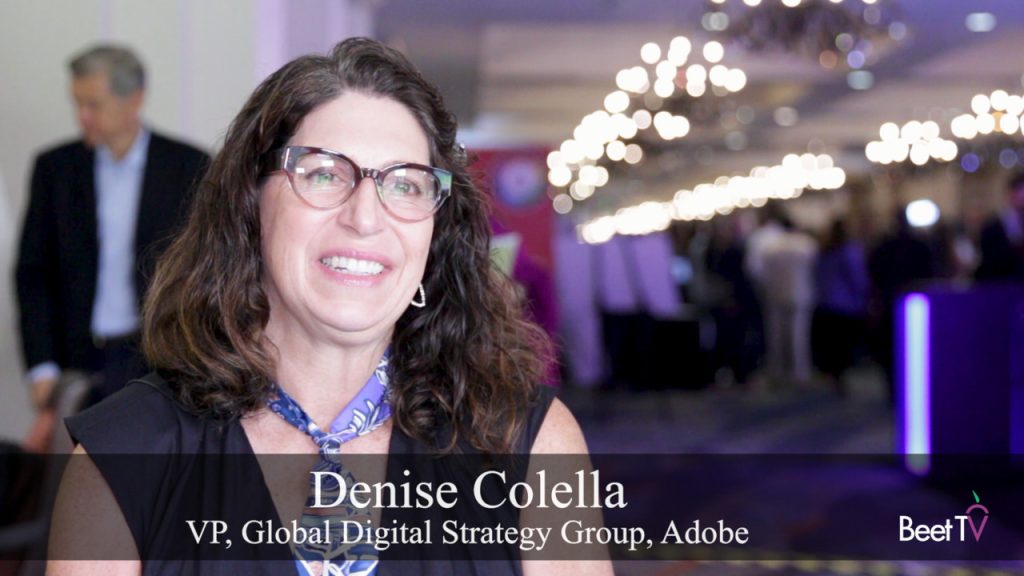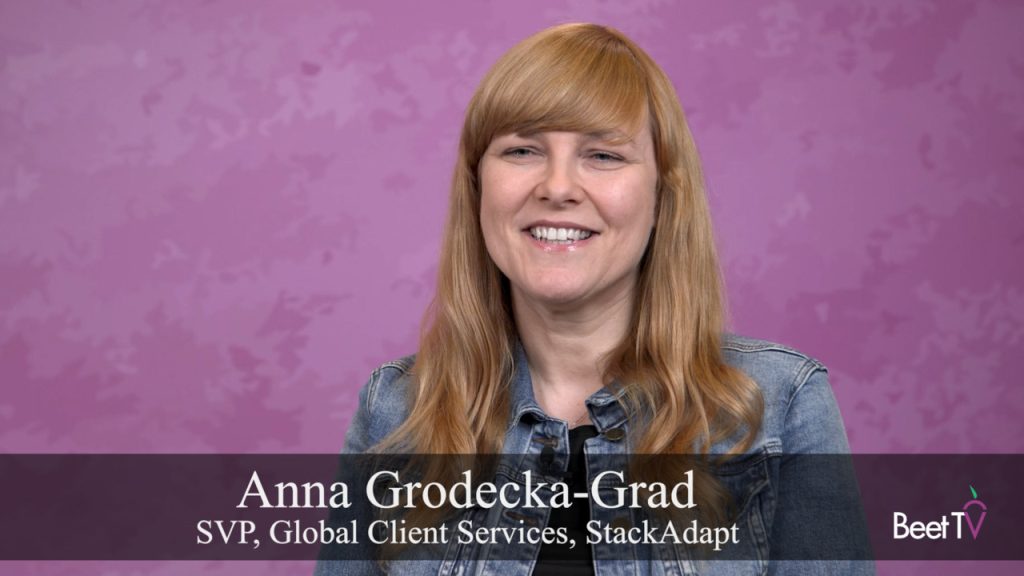The advertising marketplace has found multiple applications for artificial intelligence (AI) technology that handles more advanced problem-solving at higher speeds. Those uses include several parts of programmatic marketplace that brings together buyers and sellers of advertising in automated auctions.
“Each of these will drive some sort of revenue lift yield, from the perspective of publishers,” Andrew Baron, vice president of machine learning and marketplace at sell-side advertising platform PubMatic, said in this interview with Beet.TV. “You get more media spend, from the perspective of buyers.”
Several uses cases for AI are most pronounced, including workflow automation that helps buyers and sellers do their jobs better. AI also can be used to detect anomalies and make the digital plumbing of the programmatic marketplace cleaner. Improvements to infrastructure utilization and bidding processes also are important.
One part of infrastructure utilization includes traffic shaping that creates a cheaper auction environment while improving the quality of ad inventory, Baron said.
Traffic shaping “protects not only our infrastructure, but the infrastructure of our buyers,” Baron said. “Some of the machine learning and artificial intelligence that goes into this is about: What are buyer preferences? What have we observed them buying in the past? Is that a good indicator of what they’re willing to buy in the future?”
Improved Bid Shading
PubMatic applies AI in its ROI Sync feature that aims to improve bid shading, which is a technique that media buyers use in certain auctions to avoid overpaying. Bid shading algorithms evaluate several parts of a possible ad placement to help determine what price to offer.
“This is about marrying performance indicators for advertisers … and auction competiveness in order to create a next-generation bid shade,” Baron said. “The premise here is that most bid shading today is very rudimentary. It’s mainly just about reducing eCPM. That’s missing the forest amongst the trees.”
Header bidding and supply path optimization (SPO) are two areas of growth for AI technology, along with applications in audience tracking and connected TV (CTV).
“In identity, it’s all about creating legitimate alternatives to third-party cookies and IDFAs, then scaling those up to get similar coverage to what the third-party cookie enabled in the past,” Baron said. “Neural networks and computer vision are creating interesting opportunities to improve things like inventory quality in some of the unique CTV use cases as well.”
You are watching “Media in Transition: AI is Poised to Power a New Cookie-less World,” a Beet.TV leadership series brought to you by IBM Watson Advertising. For more videos, please visit this page.
































